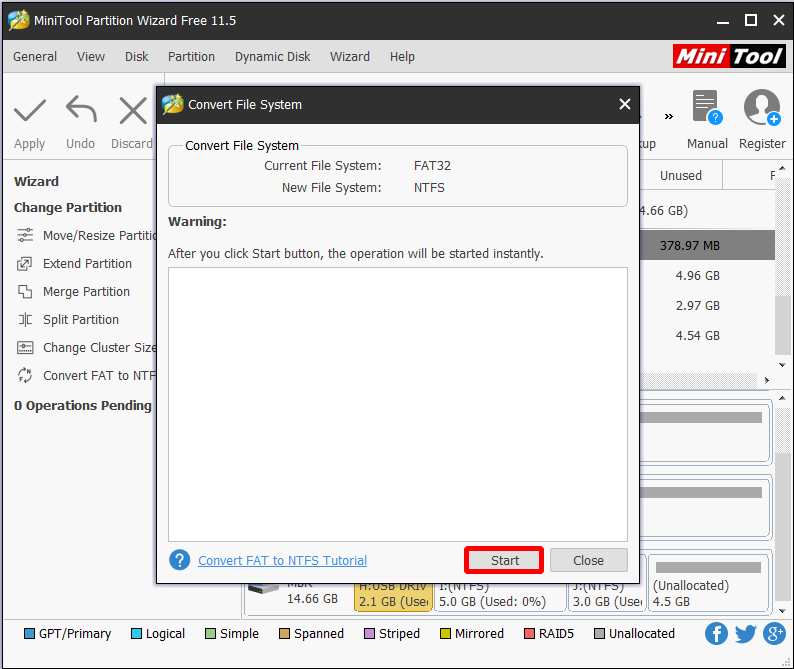

- #WINDOWS 10 FORMAT USB DRIVE ONLY SEES 200MB HOW TO#
- #WINDOWS 10 FORMAT USB DRIVE ONLY SEES 200MB MAC OS#
- #WINDOWS 10 FORMAT USB DRIVE ONLY SEES 200MB INSTALL#
- #WINDOWS 10 FORMAT USB DRIVE ONLY SEES 200MB DRIVERS#
- #WINDOWS 10 FORMAT USB DRIVE ONLY SEES 200MB MANUAL#
I have checked all usb drivers and made sure there are up to date and I have restarted the computer many times. I tried running "clean" on disk 1 and the following prompt was given "Virtual Disk Service error: There is no media in the device." Search for Disk Management and click the top result to open the experience. Using the command prompt, I opened diskpart and this is what happens when I ask for the list of disks: To create multiple partitions on a USB flash drive, use these steps: Open Start. Most forums online say to right-click on the new disk (Disk 1) and to format it, but I am only left with the option of "Change Drive Letter and Paths" which does not seem to be helpful. This is what the disk manager looks like when I use that method.
#WINDOWS 10 FORMAT USB DRIVE ONLY SEES 200MB INSTALL#
Step 4: In a few seconds, you will see Get important updates screen with two options: Download and install updates (recommended) Not right now. Click Yes when you see the User Account Control dialog. In the enclosure using USB-C to USB-C I get no new drives showing up in the disk manager at all. Step 3: Double-click on the Setup.exe file.
#WINDOWS 10 FORMAT USB DRIVE ONLY SEES 200MB MAC OS#
Operating System Compatibility, Windows 10, 8.1, 8, Mac OS (v.10.10.x +). I have purchased a WavLink USB-C Gen 2 M.2 SSD Enclosure so that I could copy the files onto the 1TB drive. Kingston 256GB DataTraveler Kyson Type-A Flash Drive USB 3.2, Gen1, 200MB/. Also you can view the type of device in the Volumes tab in the properties of the drive (as we see here Type: Removable ). I first want to copy the entirety of my original drive onto the new one and then install the 1TB properly inside the PCIe slot. Connect the USB flash drive to any available port on the computer, then open the Disk Management console ( diskmgmt.msc) and make sure that it is determined by the system as Removable. Android devices with plenty of resources can enjoy the ultimate visual quality, and. Then remove the USB drive and plug it into another Windows 7/8 machine and it should now report the proper volume and disk size.I have recently purchased a 1TB XPG SX8100 M.2 2280 PCIe SSD to replace my old 256 SSD in my laptop. One of the most praised benefits is superb graphics. Since most of my USB sticks are now 4GB or greater I use NTFS as the format. A USB 3.0 on Windows 10 should be allowing the transfer of files at least 100 to 200 Mb per second, and if that is not the case, it may due to outdated drivers. With a new healthy volume, right click and Format the USB drive.Follow the wizard to partition the drive.Right click on the "Unallocated" for the USB drive and select New Simple Volume.The size of the new partition will show 16 GB. Click just below the volume scheme and set it to 1. Go back to Disk Management, and the OS should now report the USB drive with the near total size but as "Unallocated". Click on that and you can see a small square which is the 200 MB partition and a larger square which is the second partition.As such any files you have on their will also be lost. This video will help you choose the right. Opening the Disk Management component of the Computer Management console shows that the drive is connected, but there is no unallocated space to partition or format. 10.With a new healthy volume, right click and Format the USB. 9.Follow the wizard to partition the drive. 8.Right click on the 'Unallocated' for the USB drive and select New Simple Volume.
#WINDOWS 10 FORMAT USB DRIVE ONLY SEES 200MB HOW TO#
#WINDOWS 10 FORMAT USB DRIVE ONLY SEES 200MB MANUAL#
To do some manual things to return the USB to a single MBR volume since the OS doesn't let you remove volumes on a removable media directly. You can check this by looking at the drive properties Volumes tab and see what the reported Partition style is listed as. Choose Accounts and then select Other User Accounts towards the left.


Refer to the steps below to create a new User Account: Go to Settings. It appears that the USB is getting reported by the OS as having a GUID Partition Table (GPT). For diagnostic purposes, t ry the following steps to create a new user account and check if it fixes the issue.


 0 kommentar(er)
0 kommentar(er)
